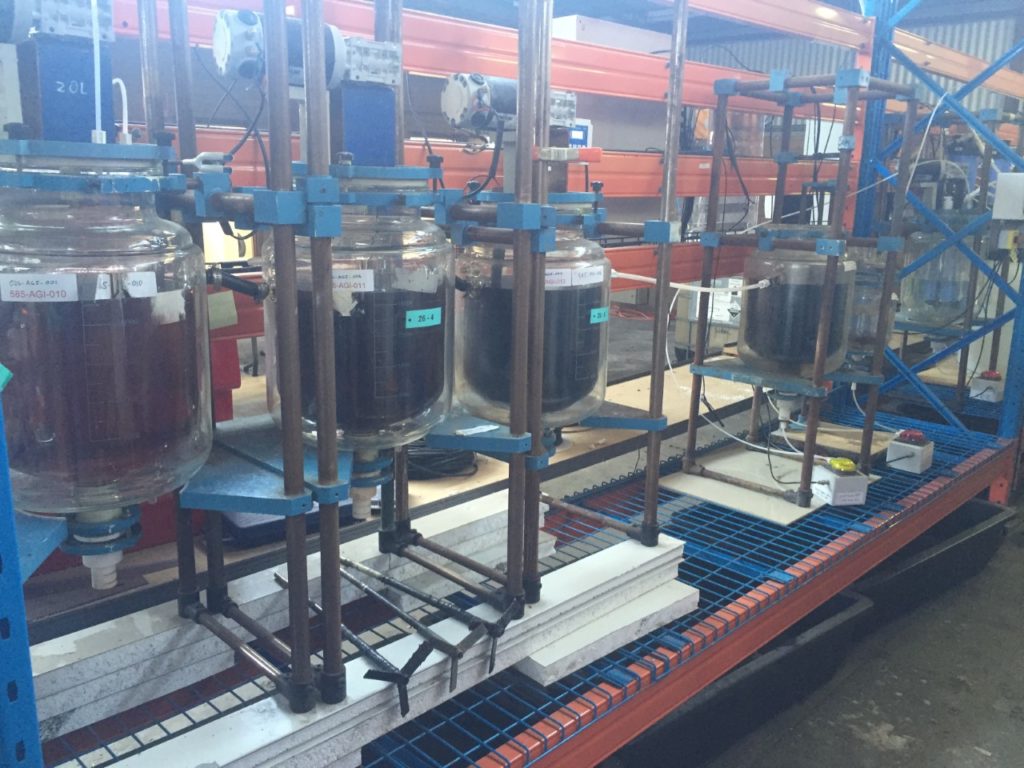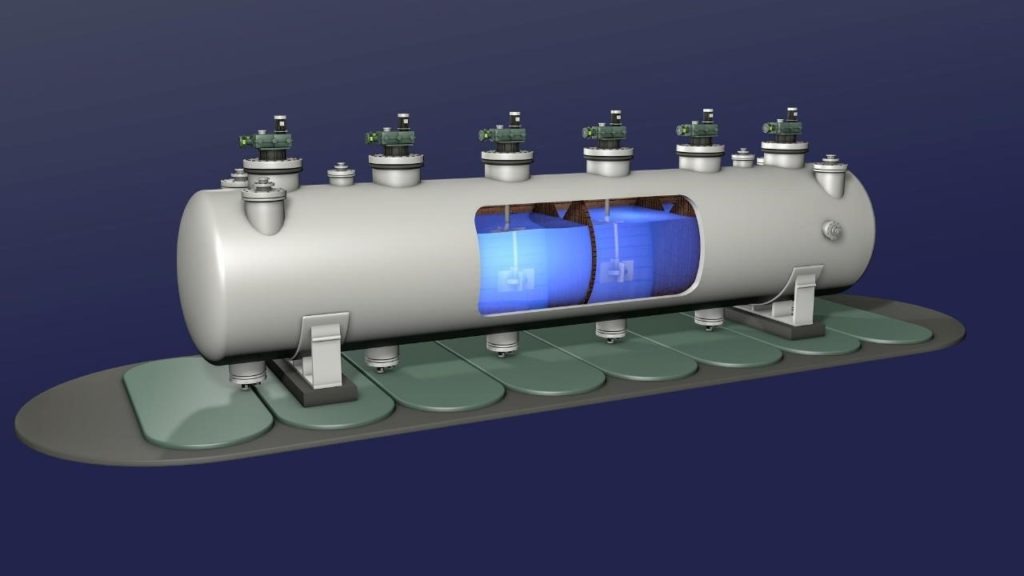Kabanga Nickel is ready to put its ‘money where its technology is’ in the pursuit of production from a highly prospective nickel-copper-cobalt asset in Tanzania, according to Keith Liddell, Executive Chairman.
Having been granted access to a project that has had more than $290 million spent on it by previous owners such as Barrick Gold and Glencore between 2005 and 2014, including 587,000 m of drilling, the company is coming at the Kabanga project with a fresh set of eyes and a plan that aligns with the government’s in-country beneficiation requirements.
The outcome of this previous investment is an in-situ mineral resource of 58 Mt at 2.62% Ni, containing more than 1.52 Mt of nickel, 190,000 t of copper and 120,000 t of cobalt. This resource is in the process of being updated with the latest modelling software.
The Barrick-Glencore joint venture also outlined a mine plan in a draft feasibility study that looked to recover 49.3 Mt of ore at 2.69% nickel equivalent from the two primary orebodies – North and Tembo. Again, Kabanga is re-evaluating this strategy, having identified several opportunities to enhance project outcomes including a development plan that facilitates higher production rates and access to high-grade ore earlier in the mining schedule.
Yet, the biggest departure from the previous plans for Kabanga is the “mine to metal” concept that Liddell and Dr Mike Adams, Senior Vice President: Processing & Refining, have been marketing.
This is part of the reason why the Tanzanian Government signed a binding framework agreement with Kabanga Nickel earlier this year that resulted in a joint venture company called Tembo Nickel Corp (owned 84% by Kabanga Nickel and 16% by the Government of Tanzania) to undertake mining, processing and refining to Class 1 nickel with cobalt and copper co-products near the asset.
Unlike the plethora of smelter plans being drawn up in the likes of Indonesia and the Philippines – two other countries attempting to keep more ‘metal value’ in-country – Kabanga’s plan hinges on a hydrometallurgical refining route.
This isn’t a carbon copy of the high pressure acid leaching (HPAL) technology the industry is used to hearing about – most of the time for the wrong reasons. The hydrometallurgy Kabanga is talking about is more in keeping with the process Vale uses at Long Harbour in Canada, Adams pointed out.
“There’s hydrometallurgy and then there’s hydrometallurgy,” he told IM. “HPAL is incredibly different to the Lifezone hydrometallurgy we are proposing at Kabanga, which is dealing with sulphide concentrates. Our process is effectively 17% of the HPAL carbon footprint; HPAL has a much higher carbon footprint than smelting, let alone what we are proposing.
“Our technology comes with lower temperatures and pressures, and the materials of construction are nowhere near as exotic as HPAL. It is more economic and more environmentally friendly than both HPAL and smelting.”
The ‘Lifezone’ Adams mentioned is Lifezone Limited, a technology and development company established by Liddell to exclusively own and develop the patented rights to the Kell Process – a unique hydrometallurgical process. Although devised to treat platinum group metals and refractory gold ores without smelting or the use of cyanide, and with major energy savings, cost benefits and a significantly reduced environmental impact (CO2 and SO2) over conventional technologies, the Kabanga team is keen to draw from Lifezone’s experiences when it comes to devising the refining plan in Tanzania.
They and much of the South African platinum industry are looking at developments at Sedibelo Platinum’s Pilanesberg Platinum Mines (PPM) operation on the Bushveld Complex where a 110,000 t/y beneficiation plant employing the Kell Process is currently being constructed. This plant has the capacity to produce 320,000 oz/y of platinum group metals at the refinery end, with seven refined metal products set to be produced on site.
If Sedibelo, which Liddell is a shareholder of, can achieve such a feat, it will become the first South African PGM operation producing refined PGM, gold and base metal products on site. At the same time, this metal production would come with some 82% less energy consumption and the associated significant reduction in carbon emissions, plus improved recoveries and lower operating costs, than conventional off-site PGM smelting.
But, back to Tanzania, where the aim is to deploy hydromet technology with a specifically designed flowsheet to leach and refine the base metals. End products from the Kabanga refinery will be Class 1 nickel and cobalt metals with >99.95% purity readily saleable to customers worldwide, as well as A-grade copper cathode for the Tanzanian market, according to the company.
Not only is this different to conventional pyrometallurgical nickel sulphide smelting and refining – which, according to Liddell comes with around 13 t of CO2 emissions per tonne of Class 1 nickel metal, compared with the 4 t of CO2 emissions per tonne of nickel (Nickel Institute industry baseline numbers) with the Lifezone hydrometallurgical route – it also removes the need to transport and export concentrate long distances to European, North American or Asian smelters and refineries for further processing.
Such benefits and plans go some way to answering the questions around how Kabanga is holding a nickel-copper-cobalt asset that many battery metal investors and mining companies would be interested in.

The majors might not be ready to offer up a plan featuring in-country beneficiation with new technology, but Kabanga and Lifezone are.
“As you know, the industry is very conservative – no-one wants to be first, they want to be second,” Liddell said. “As technology providers, we’re going to be first and second – first with the Kell Process plant in South Africa and second with the hydromet plant at Kabanga.
“We have ownership in those so, in effect, we are putting our money where our technology is. In a conservative industry, you have to do this.”
Liddell is right.
Take battery-electric vehicles or hard-rock cutting technology on the mobile equipment side of the mining business. The OEMs, to gain market traction, had to invest in the technology, build prototypes and mine-ready vehicles and then convince the miners to test them at their sites – most of the risk was held with the tech providers, not the miners.
While Lifezone will have to take on similar technology and financial risks for industry buy-in, all the billed benefits of its hydromet technology fit the mining industry ESG and productivity brief, making it a technology that has applications beyond Kabanga, Tanzania and nickel.
According to the company, it represents an architecture of several well-proven “breakthrough” hydromet process technologies – namely pressure oxidation of sulphide minerals, selective solvent extraction of metals and selective metal absorbents – that realise the value of all waste streams, both in-process and by constructing local, regional and global circular economies.
It comes with higher metal recoveries, lower costs, lower environmental impact, a less complex flowsheet, shorter production pipeline and reduced value lockup for those companies employing it. This means metal production comes sooner, more metal is produced at a lower cost and with a lower footprint and less potentially payable metal is left in the waste stream due to a lack of viable processing options.
The main unit operations at Kabanga are likely to include aqueous pressure oxidation in an autoclave to dissolve the sulphides and remove the base metals; copper refining by SX-EW; iron removal to purify the solution for cobalt and nickel refining; cobalt refining by SX-EW; and nickel refining by SX-EW. This could result in 40,000-50,000 t/y of nickel metal as cathode, powder or briquette, alongside 8,000 t of copper cathode and 3,500 t/y of cobalt cathode or rounds.
The refinery blueprint – designed in a modular manner to bolt on additional process trains, according to Liddell and Adams – could see Tanzania become the multi-metals processing hub it has eyes on, processing material from across East Africa and retaining more value in-country. Down the line, it could align itself even closer with the battery metals sector by producing precursor products that gigafactories are calling out for.
Beyond Kabanga Nickel, Liddell sees potential for applying this hydromet concept at existing smelting operations to lower the footprint and operating cost of operations.
“The hydromet process uses anywhere between one fifth and one third of a smelter’s electricity input,” he explained. “You can replace a 50 MW electric smelter with a 10 MW hydromet plant. At the same time, the process allows refiners to get more metal out of the concentrate. This means the lower energy draw and increased revenues can pay back the money invested in a hydromet plant.”
For operations looking to incorporate more renewables, this reduced power draw is a major selling point.
Similarly, for countries like South Africa looking to retain or grow its metal production blueprint while weaning themselves off coal amid routine power blackouts, the concept stacks up.
“In South Africa, you could end up producing the same amount of metals off a much lower power base, and it’s then much cheaper to green up that electricity,” Liddell said.
The potential is vast, and Kabanga Nickel has an 18-month program currently ahead of it to start development.

This one-and-a-half-year plan follows the recent issue of a mining licence that allows the company to get on the ground – symbolised by the drill rig (pictured above) that is about to start turning on site.
Over this timeframe, the plan is to update the existing feasibility study numbers and bolt a refinery module onto it, explore avenues with metallurgical drilling to boost the concentrate grade and re-work the mine design to access the two orebodies simultaneously. The latter is one of the ways the team could access more value sooner in the production process.
All of this could set the company up to start production from Kabanga in 2024-2025, 1-2 years after the Kell Process goes live at Sedibelo’s operation and in time for a further run up in battery metals demand and, most likely, more governments legislating for in-country beneficiation.
Kabanga Nickel and Lifezone’s plans could end up being a future tried-and-tested blueprint.











